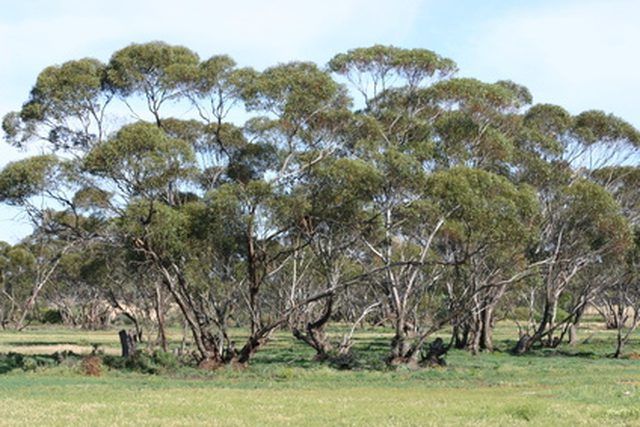Bulbs
Flower Basics
Flower Beds & Specialty Gardens
Flower Garden
Garden Furniture
Garden Gnomes
Garden Seeds
Garden Sheds
Garden Statues
Garden Tools & Supplies
Gardening Basics
Green & Organic
Groundcovers & Vines
Growing Annuals
Growing Basil
Growing Beans
Growing Berries
Growing Blueberries
Growing Cactus
Growing Corn
Growing Cotton
Growing Edibles
Growing Flowers
Growing Garlic
Growing Grapes
Growing Grass
Growing Herbs
Growing Jasmine
Growing Mint
Growing Mushrooms
Orchids
Growing Peanuts
Growing Perennials
Growing Plants
Growing Rosemary
Growing Roses
Growing Strawberries
Growing Sunflowers
Growing Thyme
Growing Tomatoes
Growing Tulips
Growing Vegetables
Herb Basics
Herb Garden
Indoor Growing
Landscaping Basics
Landscaping Patios
Landscaping Plants
Landscaping Shrubs
Landscaping Trees
Landscaping Walks & Pathways
Lawn Basics
Lawn Maintenance
Lawn Mowers
Lawn Ornaments
Lawn Planting
Lawn Tools
Outdoor Growing
Overall Landscape Planning
Pests, Weeds & Problems
Plant Basics
Rock Garden
Rose Garden
Shrubs
Soil
Specialty Gardens
Trees
Vegetable Garden
Yard Maintenance
How Do Eucalyptus Trees Reproduce?
How Do Eucalyptus Trees Reproduce?. Eucalyptus trees are indigenous to Australia. They are interesting to environmentalists because they are one of the fastest-growing trees on the planet, and naturally resistant to insects and disease. They are interesting to land owners because of their attractive shredded bark and pleasant smell. There are...

Eucalyptus trees are indigenous to Australia. They are interesting to environmentalists because they are one of the fastest-growing trees on the planet, and naturally resistant to insects and disease. They are interesting to land owners because of their attractive shredded bark and pleasant smell. There are actually more than 700 species of eucalyptus--some of them shrubs--and they reproduce through a variety of methods.
Self-Pollination
Like a lot of trees, the eucalyptus can pollinate itself. Self-pollination generally results in a reduction in the number of seeds produced and seedling vigor. If available, other forms of pollination will override self-pollination. Eucalyptus trees seem to prefer to breed by outcrossing, in which different strains of eucalyptus breed with each other.
Insects
Eucalyptus trees can be pollinated by insects that come to visit the flowers. The chief advantage of this method is that--because insects fly--a large number of faraway trees can be pollinated. Most insects are repulsed by the aromatic oils given off by eucalyptus trees.
Other Animals
Eucalyptus pollen and eucalyptus seeds are quite hardy and can be carried by birds an other animals--including koalas. The trouble with this method is that not a lot of animals tend to visit eucalyptus trees. Koalas spend their whole lives in eucalyptus trees, but these creatures tend to be lethargic and often spend months in a single tree.
Flooding
Eucalyptus trees often grow near streams and rivers. Eucalyptus seeds have evolved the property of floating for a few hours and then sinking. Inundation of the trunks automatically releases the seeds, so flood periods result in heavy seed dispersal.
Grafts
In the absence of pollen or seed dispersal systems, eucalyptus trees can propagate by starting new plants from pieces of the old tree. A branch or twig of the eucalyptus tree planted in the ground will grow into a new tree. During storms, parts blown off one tree and embedded in another tree have been known to give rise to a single tree with two lines of DNA.
Evolution
Eucalyptus trees have been reproducing for a long time. They are thought to have evolved before the continent of Gondwana began to break up 140 million years ago and Australia separated from New Guinea and Antarctica. Eucalyptus forests were well-established before the first aborigines came to Australia 61,000 years ago.